In Bhagavad Gita Chapter 2, we delve into the profound teachings of Lord Krishna, unraveling the mysteries of the soul, the cycle of life and death, and the path to liberation. Prepare to embark on a transformative journey of self-discovery and enlightenment.
As we explore the depths of this chapter, we will encounter the true nature of the self, its distinction from the false self, and the ways in which the false self can lead us astray. We will gain insights into the intricate workings of samsara, the cycle of birth, death, and rebirth, and the role of karma in shaping our destinies.
The Nature of the Self
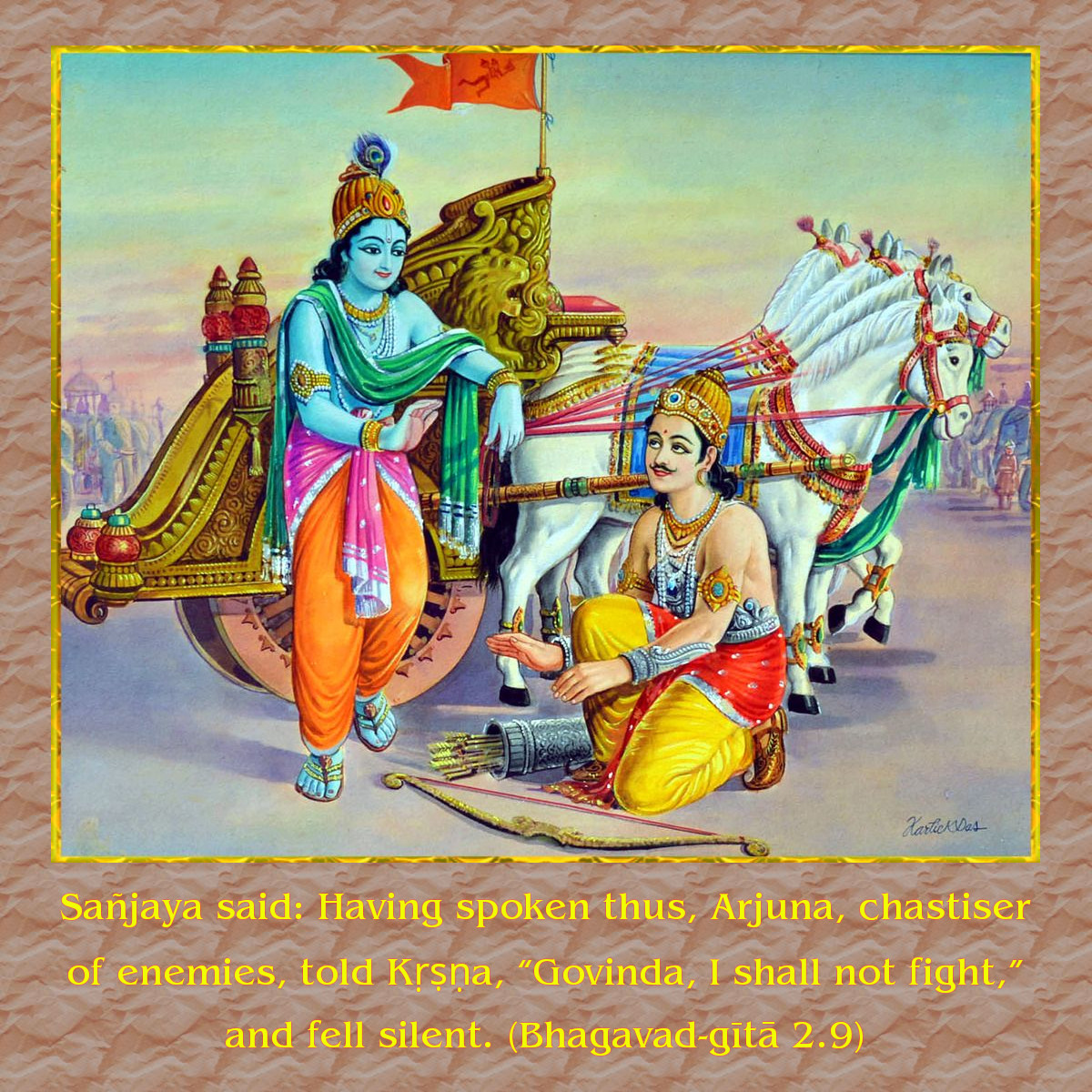
At the core of Bhagavad Gita’s teachings lies the profound understanding of the self, the atman. The Gita reveals the true nature of the self as distinct from the transient and illusory ego, leading us to a path of liberation and fulfillment.
The atman is the eternal, unchanging essence of our being, the true self that transcends the physical body and the mind. It is pure consciousness, the observer of all experiences, untouched by the joys and sorrows of the world.
The False Self
In contrast to the true self, the false self, or ego, is a temporary construct created by our conditioning and experiences. It is the collection of beliefs, desires, and fears that we identify with, leading to a sense of separateness and limitation.
- The false self seeks pleasure and avoids pain, creating attachments and aversions that bind us to the material world.
- It compares itself to others, leading to feelings of superiority or inferiority, and a constant need for external validation.
- The false self is vulnerable to change and decay, causing us to fear death and cling to impermanent things.
By clinging to the false self, we create suffering for ourselves and others. We become trapped in a cycle of desire, attachment, and disappointment, never finding true happiness or fulfillment.
In the depths of Bhagavad Gita Chapter 2, where life’s purpose is unravelled, we find ourselves pondering the eternal truths. Like the thrilling chase in poppy’s playtime chapter 3 , the journey of self-discovery can be filled with both challenges and rewards.
Just as the protagonist navigates the haunted toy factory, we too must confront our inner demons and embrace the path to enlightenment.
The Cycle of Samsara: Bhagavad Gita Chapter 2
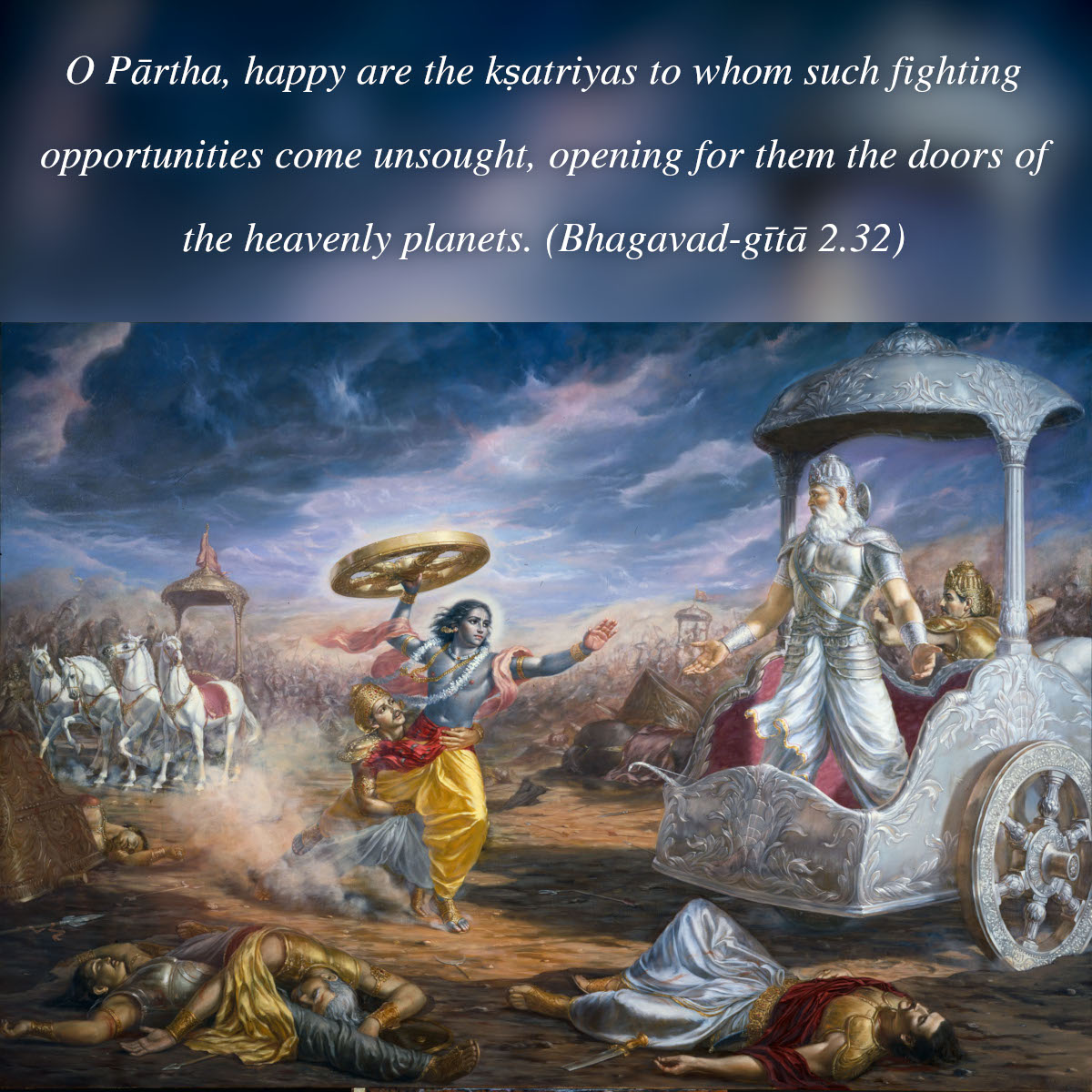
Samsara, the cycle of birth, death, and rebirth, is a fundamental concept in Hinduism and Buddhism. It is believed that all beings are trapped in this cycle due to their karma, the sum of their actions and intentions. The goal of spiritual practice is to break free from samsara and achieve liberation.
Bhagavad Gita Chapter 2 delves into the essence of karma yoga, emphasizing selfless action and detachment from outcomes. Like Saitama in One Punch Man Chapter 1 , who effortlessly defeats monsters with a single punch, the true yogi transcends the cycle of action and reaction, finding inner peace and fulfillment in the present moment.
Bhagavad Gita Chapter 2 guides us towards this path of enlightenment, revealing the wisdom to navigate the complexities of life with equanimity and grace.
Role of Karma in Samsara
Karma plays a central role in samsara. Every action, whether physical, verbal, or mental, creates karma. Good karma leads to positive experiences in future lives, while bad karma leads to negative experiences. The type of karma we accumulate determines our future rebirth.
Breaking Free from Samsara, Bhagavad gita chapter 2
There are several ways to break free from samsara. One is to practice the Eightfold Path of Buddhism, which includes right understanding, right thought, right speech, right action, right livelihood, right effort, right mindfulness, and right concentration. Another is to practice bhakti yoga, which involves devotion to a personal god or goddess. Still another is to practice jnana yoga, which involves the pursuit of knowledge and wisdom.
Bhagavad Gita Chapter 2 expounds on the eternal nature of the soul and the futility of attachment to material possessions. But in the realm of sports manga, Blue Lock Chapter 214 Raw unfolds a fierce battle of wits and skills.
Yet, amidst the adrenaline-pumping action, the principles of Bhagavad Gita Chapter 2 still resonate, reminding us of the importance of detachment and the pursuit of a higher purpose beyond the confines of our physical selves.
The Path of Yoga
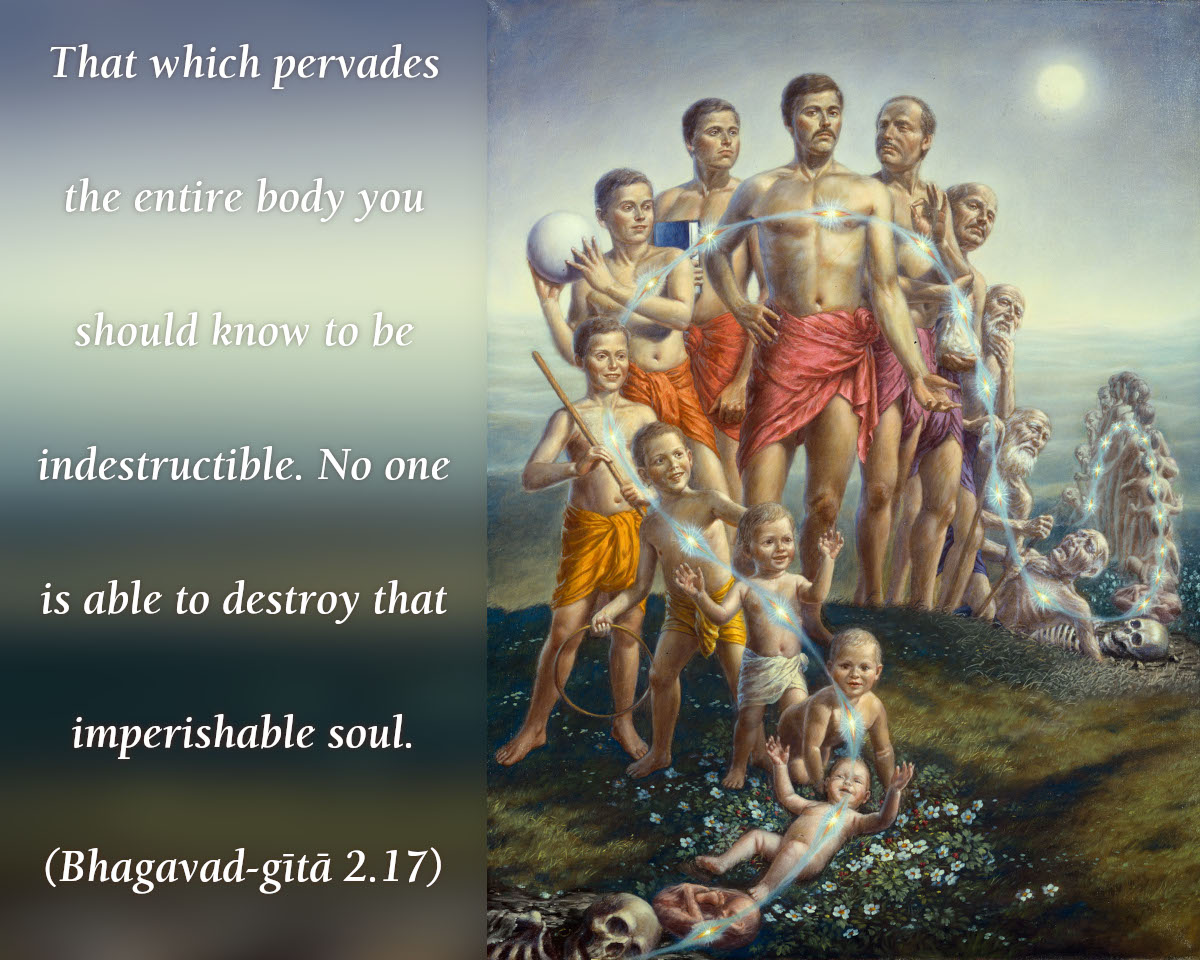
Yoga is an ancient Indian practice that aims to bring about physical, mental, and spiritual well-being. The word “yoga” comes from the Sanskrit word “yuj,” which means “to join” or “to unite.” Yoga is about uniting the mind, body, and spirit to achieve a state of balance and harmony.
There are many different types of yoga, each with its own unique focus and benefits. Some of the most popular types of yoga include:
- Hatha yoga: This is a gentle form of yoga that focuses on physical postures (asanas) and breathing exercises (pranayama).
- Vinyasa yoga: This is a more dynamic form of yoga that combines asanas with flowing movements.
- Ashtanga yoga: This is a vigorous form of yoga that follows a set sequence of asanas.
- Iyengar yoga: This is a form of yoga that uses props, such as blocks and straps, to help students achieve the correct alignment in asanas.
- Kundalini yoga: This is a form of yoga that focuses on awakening the kundalini energy, which is said to be located at the base of the spine.
No matter what type of yoga you choose, the ultimate goal is to achieve a state of union between the mind, body, and spirit. Yoga can help you to improve your physical health, reduce stress, and find inner peace.
Step-by-Step Guide to Practicing Yoga
If you’re new to yoga, it’s important to start slowly and gradually increase the intensity of your practice. Here’s a step-by-step guide to help you get started:
- Find a qualified yoga teacher: A good yoga teacher can help you to learn the proper alignment and technique for each asana.
- Start with a beginner’s class: This will help you to learn the basics of yoga and avoid injury.
- Listen to your body: Don’t push yourself too hard. If you experience any pain, stop and rest.
- Be patient: It takes time to learn yoga. Don’t get discouraged if you don’t see results immediately.
- Have fun: Yoga is supposed to be enjoyable. Find a style of yoga that you enjoy and stick with it.
The Goal of Liberation
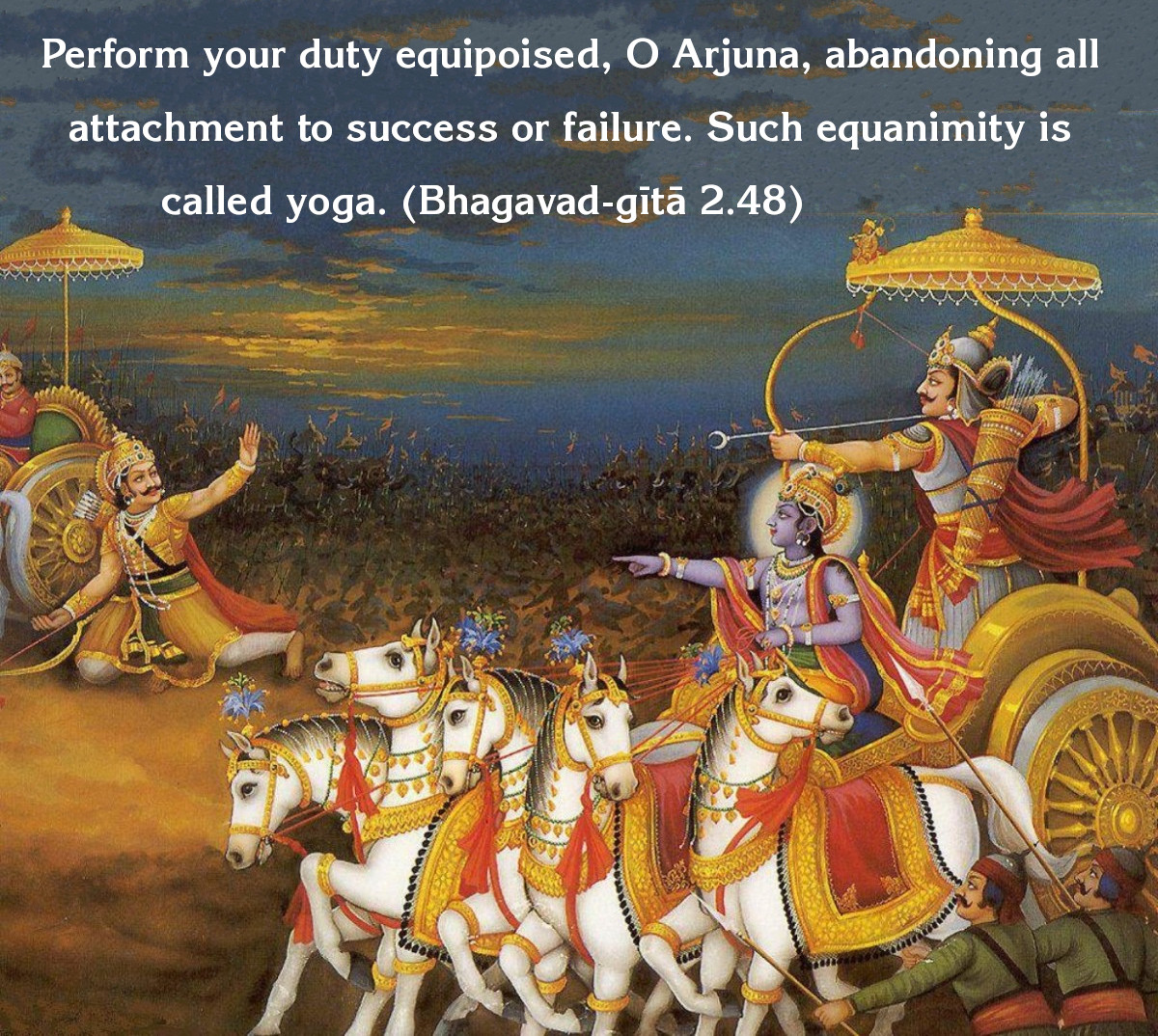
Moksha, or liberation, is the ultimate goal of the spiritual path. It is a state of freedom from the cycle of birth, death, and rebirth, and from all suffering. Moksha can be achieved through a variety of paths, including yoga, meditation, and devotion.
Benefits of Moksha
- Freedom from the cycle of birth, death, and rebirth
- Freedom from all suffering
- Infinite peace and happiness
- Union with the divine
Final Thoughts
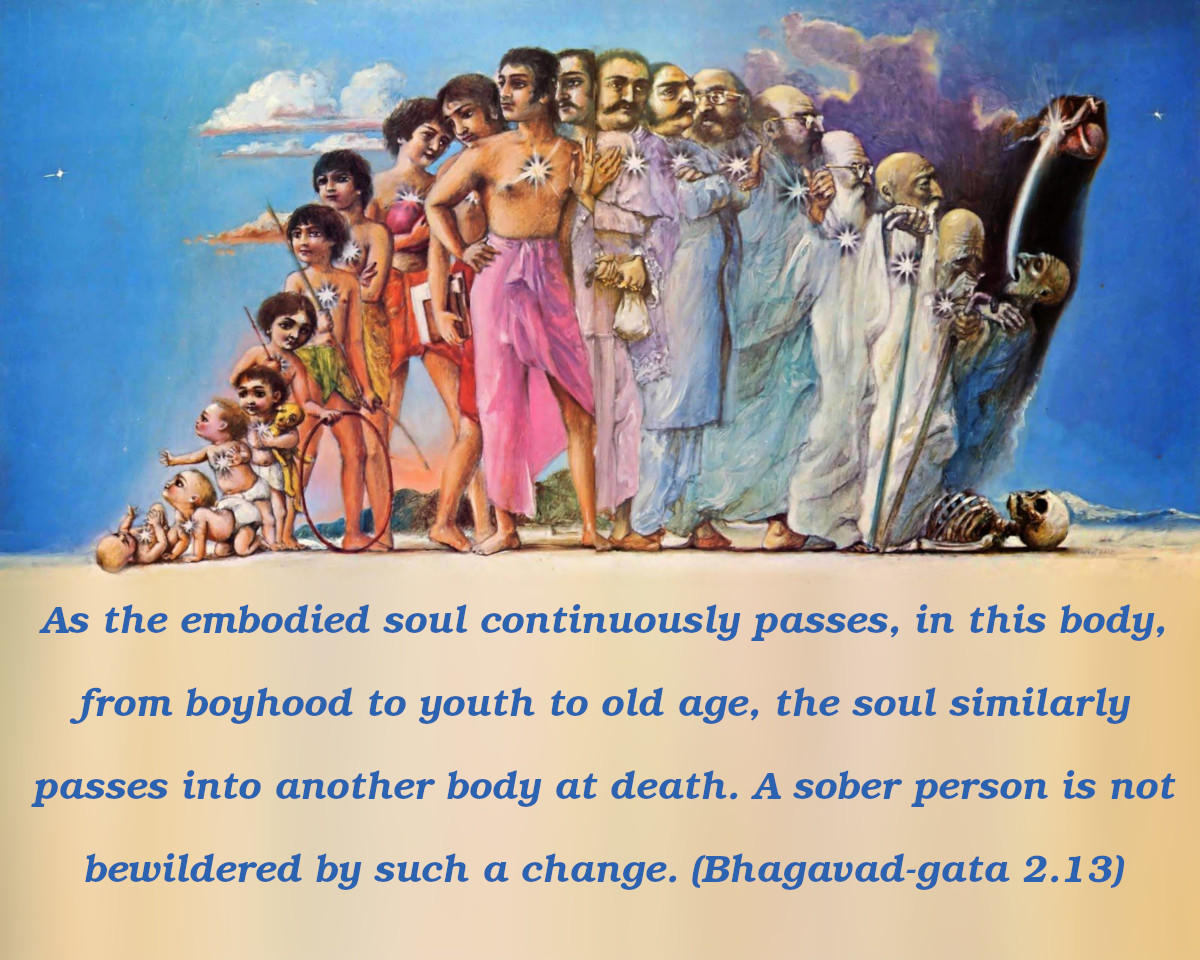
Bhagavad Gita Chapter 2 illuminates the path to liberation, guiding us towards the ultimate goal of moksha. Through the practice of yoga, we can break free from the chains of samsara and attain a state of lasting peace and happiness. As we embark on this path, let us embrace the wisdom of Lord Krishna and seek the guidance of a qualified teacher to navigate the challenges and reap the transformative benefits that await us.